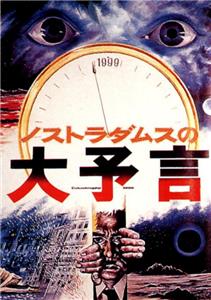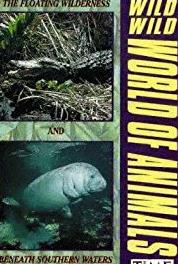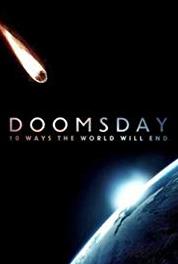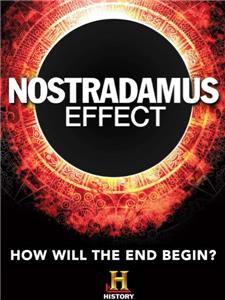Nosutoradamusu no daiyogen (1974) Online

Professor Nishiyama, after studying and interpreting the prophecies of Nostradamus, realizes that the end of the world is at hand. Unfortunately, nobody listens to him until it is too late. As the effects of mankind's tampering of the earth - radioactive smog clouds, hideously mutated animals, destruction of the ozone layer - rage out of control, the world leaders hurtle blindly toward the final confrontation.
| Cast overview, first billed only: | |||
| Tetsurô Tanba | - | Dr. Nishiyama | |
| Toshio Kurosawa | - | Akira Nakagawa | |
| Kaoru Yumi | - | Mariko Nishiyama | |
| Yôko Tsukasa | - | Nobuo Nishiyama | |
| Katsuhiko Sasaki | - | Yoshihama - Assistant to Nishiyama | |
| Akihiko Hirata | - | Environmental Scientist 1 | |
| Hiroshi Koizumi | - | Environmental Scientist 2 | |
| Takashi Shimura | - | Pediatrician | |
| Sô Yamamura | - | Prime Minister Kuroki | |
| Tappei Shimokawa | - | Captain of Defense Forces | |
| Mizuho Suzuki | - | Director General of Environment Agency | |
| Katsu Ryûzaki | |||
| Kazuo Katô | - | The Scholar | |
| Taketoshi Naitô | - | Chief Cabinet Secretary | |
| Jun Hamamura | - | Kida |
During the film's initial release, scenes (including the notorious climactic mutant scene and the cannibal attack in New Huinea) received hard criticism, so Toho ended up selling a cut version to overseas markets. The film showed up once on Japanese TV in early 1980 before being pulled from circulation altogether. Toho also tried to release the film to VHS and laserdisc in the late 1980s, but the release was canceled (although an employee released a print to the black market.) The film is not banned, as is often reported - Toho simply appears to be afraid of releasing it in Japan because of the offensive nature of several key scenes. Apparently the film is for sale to U.S. distributors for DVD release. It seems unlikely that a U.S. DVD, if produced, will include the original 114 minute Japanese cut.
Was the highest-grossing domestic release of its year.
Since this was a full-scale production, Toho required the use of all of their own visual effects soundstages. However, during filming of a special effects scene, a pyrotechnical accident caused a fire that burned down part of the main visual effects soundstage, an incident that was very widely reported in Japan at the time. The fire destroyed a number of costumes and props from earlier Toho tokusatsu classics that were kept in storage at the time, including the original Mogera costume from Chikyû Bôeigun (1957).
The film was never given an official home video release in Eastern Europe (primarily Ukraine and Russia), due to the protests of Chernobyl survivors.
The film takes place in 1835 and 1999.





User reviews